Designing an ELA Summer School Curriculum: What to Teach
So you’ve taken on the role of teaching ELA summer school…or perhaps you’re considering whether it’s for you. I’ve taught ELA summer school several times. Once, we used a self-paced software program that students worked through. From a teacher’s standpoint, it was more boring than watching paint dry, but it did allow me time to work on my curriculum for the upcoming year. Other times, I have been given the creative liberties to design my own lessons and actually instruct students. THAT was when teaching ELA summer school was really rewarding. If this is you, and you’re wondering what to teach, I have ideas!

Even though we’d like to say everything we teach during the school year is important and should be included in a summer school curriculum, the reality is that trying to cram nine months of content into a one-month time frame is like packing light for a backpacking trip across Europe when you’re a bougie, three-suitcase minimum style traveler.
So, we have to start by prioritizing. What are the power standards (the ones that will pack the biggest punch for learning across content areas and moving forward into the next grade level)? Once those are identified, you can easily narrow down the units and topics to focus on during summer school.
Grammar Lessons
Each grade level has its power lifting grammar standards that carry quite a bit of weight. For example, 6th grade has a large focus on pronouns. Expanding on pronouns to review parts of speech in 6th grade is not a bad idea because in 7th and 8th grade, they are critical and foundational topics for more advanced grammar standards.
In 7th grade, students learn about sentence structure for the first time: simple, compound, complex, and compound-complex sentences. When students master these sentence types, they can enhance their sentence fluency and really have fun with writing!
And in 8th grade, students add to their knowledge of sentence structure by learning all about verbals: infinitives, gerunds, and participles, including misplaced or dangling modifiers. These concepts are covered on the ACT and PSAT, and students often find them challenging because the information is brand new.
In 9th grade, students switch from identifying and explaining to using phrases and clauses proficiently in their writing for clarity, variety, and interest. In this way, we can see how sentence structure and verbals are important for the next stage of grammar: application in high school!
For the grammar element of ELA summer school instruction, I would recommend focusing on these topics.
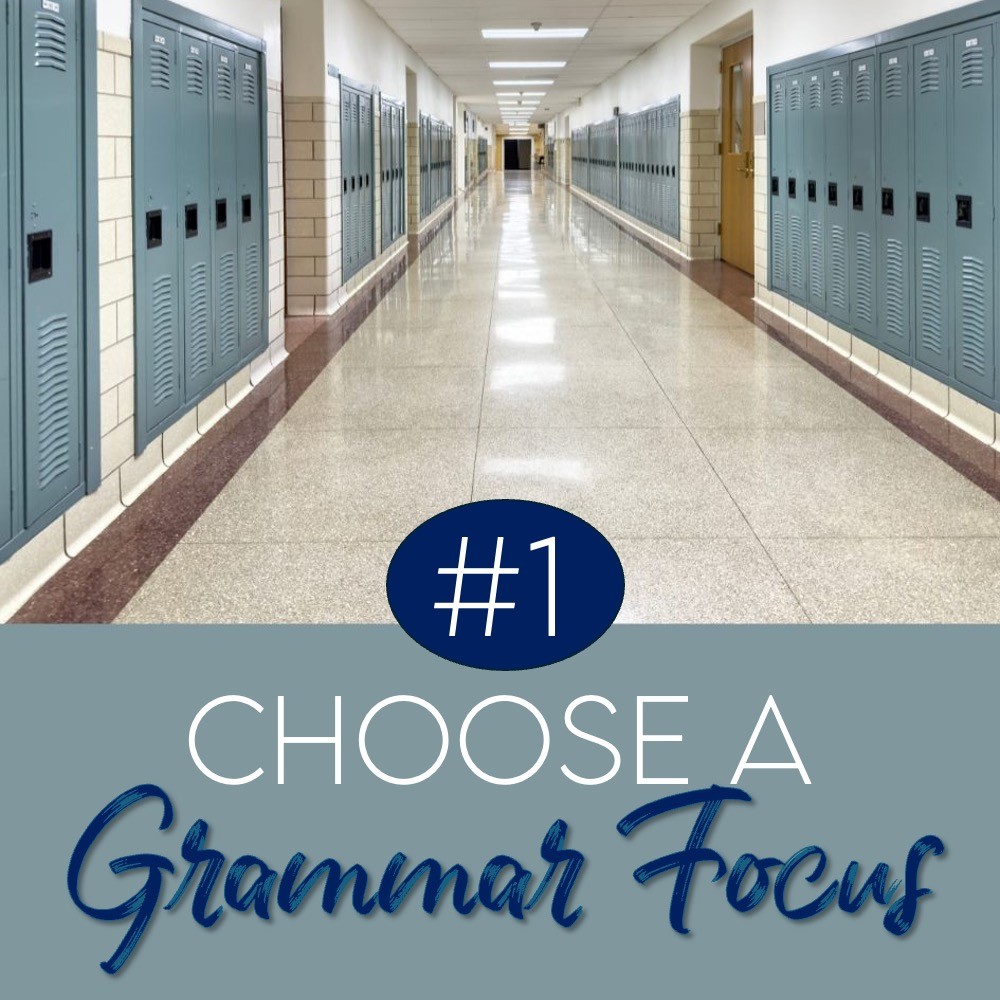
Writing Lessons
There’s not a great way to focus on ALL the different types of writing during a short summer school unit. Literary analysis, argumentative, informative, narrative. How can we choose? You’ll have to either sprinkle a little writing in here and there through short, paragraph-length exposures or focus in one one longer piece. The second approach is preferable since we want older students to have successful writing experiences with longer pieces so they can hone introductions, conclusions, and elaboration.
One option would be to fold the writing in naturally with the reading portion of your instruction using a literary analysis approach. I like to have students read fiction and nonfiction texts and then analyze relevant media (like short films) in a written response. Literary analysis skills transfer well to strengthen both informative and argumentative writing. Plus, this approach allows students to be exposed to a variety of high interest texts while being efficient within a limited time window.
Another option would be to focus on one genre of writing with one grade (perhaps argumentative) and a second genre with another grade (like informative). This dual approach would work best if you do not have both groups of students sitting in front of you at the same time because you’ll want your mini lessons about specific writing skills to apply to the whole class.
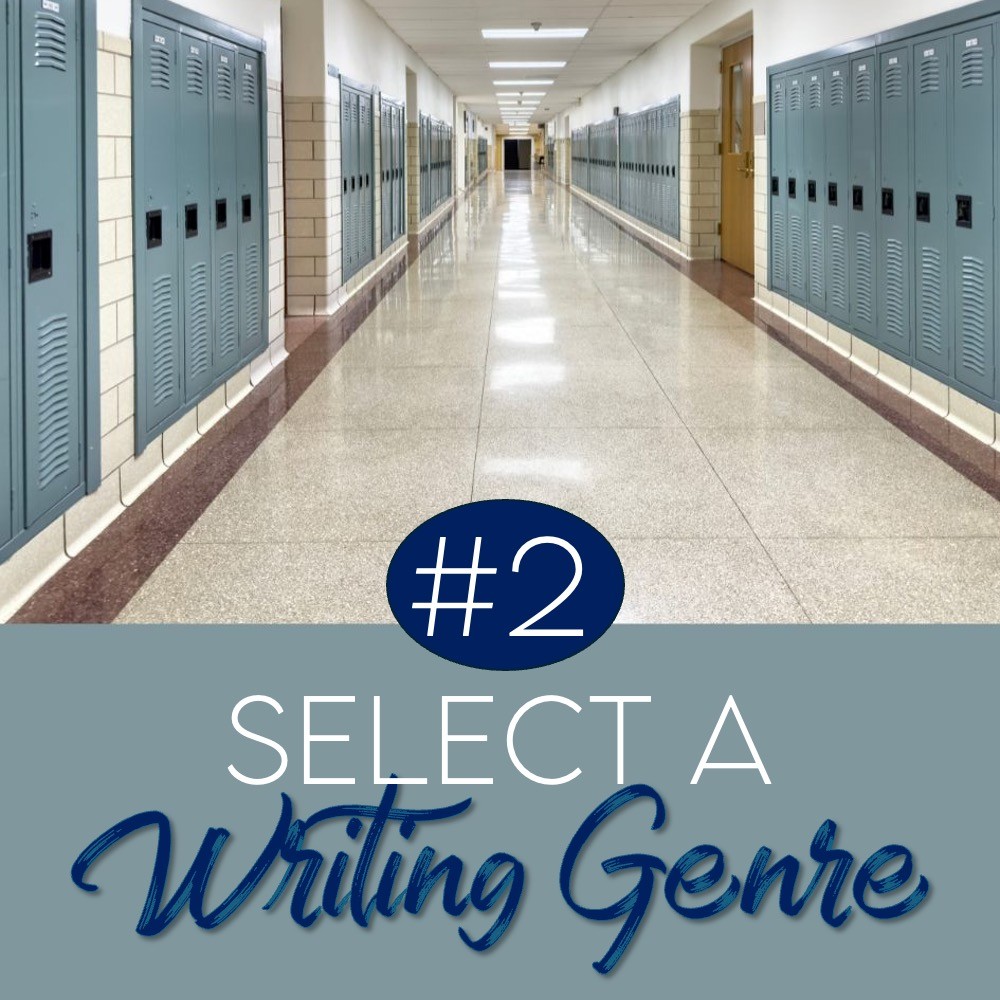
Reading Lessons
If students are in ELA summer school, chances are that they need a boost with their reading comprehension. This gap in readiness can be tricky to address for older students. I recommend a two-pronged approach.
First, practice text annotations. It’s an evidence-based strategy to support literacy development by helping to improve students’ close reading abilities. Many students don’t understand how to annotate with purpose, so be sure to provide direct instruction and then have students practice using a text that is accessible to them. CommonLit is one of my favorite places to find free fiction and nonfiction texts. And, not all students have to read the same text to hone their annotation skills! It’s important to use one shared text to model, but from there, you can differentiate by interest and lexile.
Secondly, be sure to require students to apply and practice different comprehension strategies to support their understanding of the texts they are reading. Think: inferring, predicting, summarizing, and questioning. I like to use visually appealing organizers, but you can make it discussion based as well by providing students with prompts to encourage them to think deeper.
These are some of my favorite short stories for secondary ELA. Of course, secondary ELA includes a large range of ages, so be sure to preview any stories you select to make sure they are appropriate for your audience. Consider both text complexity and content maturity.
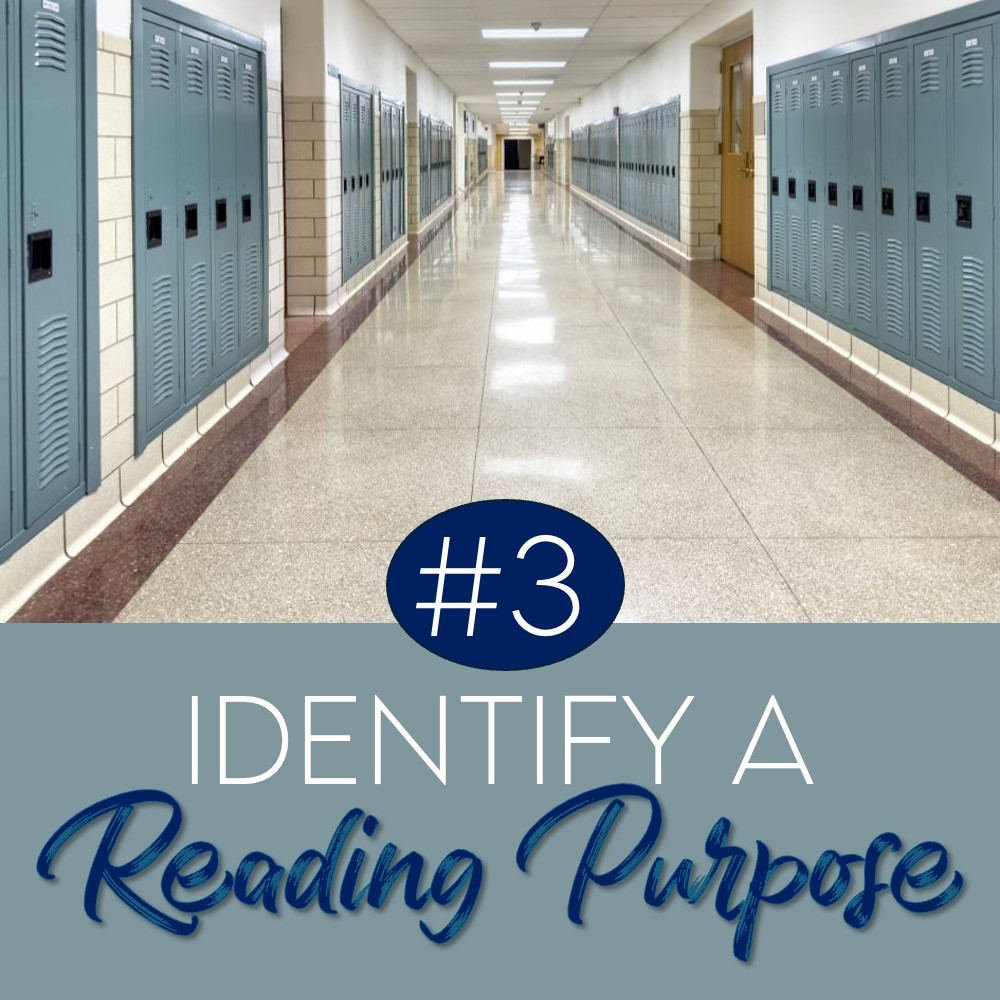
Vocabulary Lessons
Finally, you’ll want to work on boosting students’ word knowledge. Words are the foundational building blocks of everything we do in ELA! Plus, like grammar, vocabulary can give you some concrete data when you apply a pre and post-test. Students didn’t know these words before, and they do now! This progress backed by data feels good for everyone involved.
I have several vocabulary units that fit perfectly into the time frame of an ELA summer school curriculum. Each unit is two weeks long and contains everything you need to teach vocabulary language standards and measure growth!
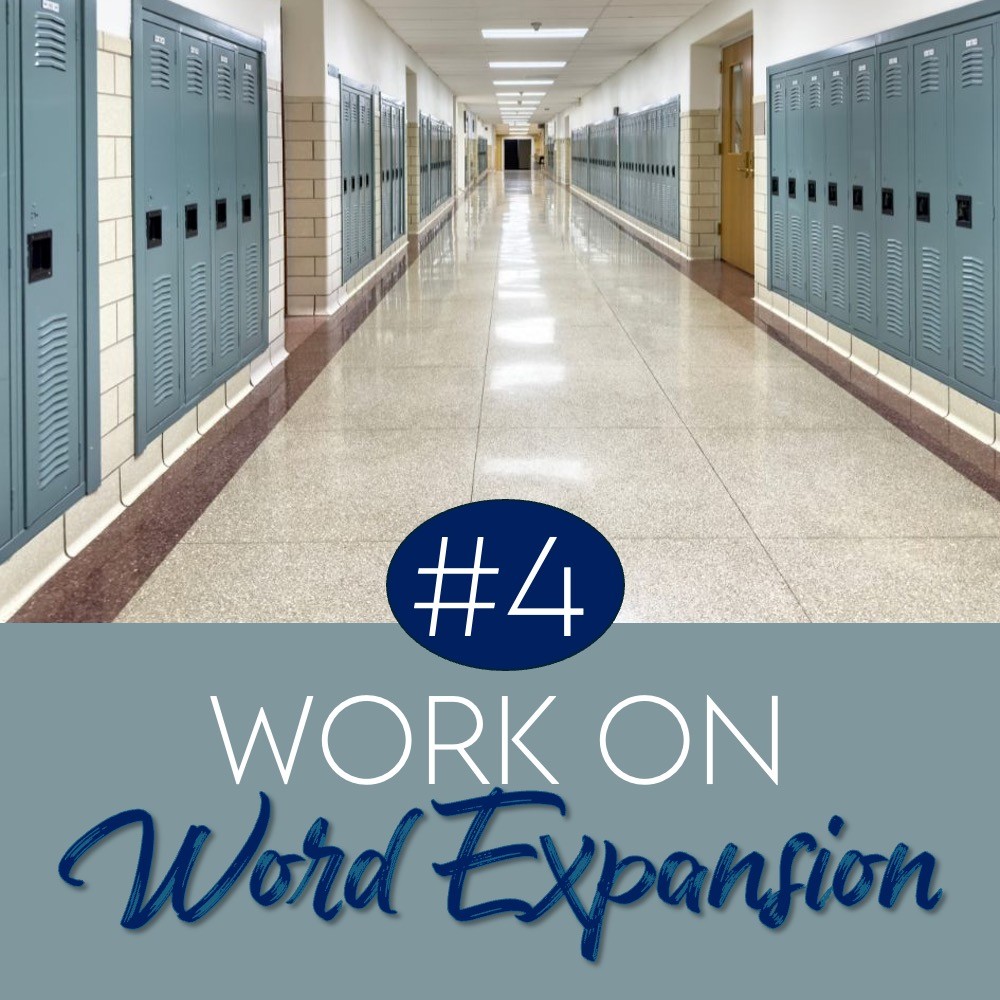
Gap Fillers
And, if you have any lingering guilt about everything you simply cannot teach during an ELA summer school curriculum because of the limited time frame, you may want to consider using some core skill gap fillers. I send these home over the summer as a recommended way to prevent the summer slide. They spiral review the core ELA standards for grammar, language, reading, and writing to keep students’ knowledge fresh! Students can complete one page per day during summer school as a warm up activity or even as a take-home assignment.
To truly address gaps students have in their understanding of these skills, be sure to provide feedback on the items they miss to redirect misconceptions. I have written a separate post full of additional instruction ideas for these ELA spiral review sheets here!
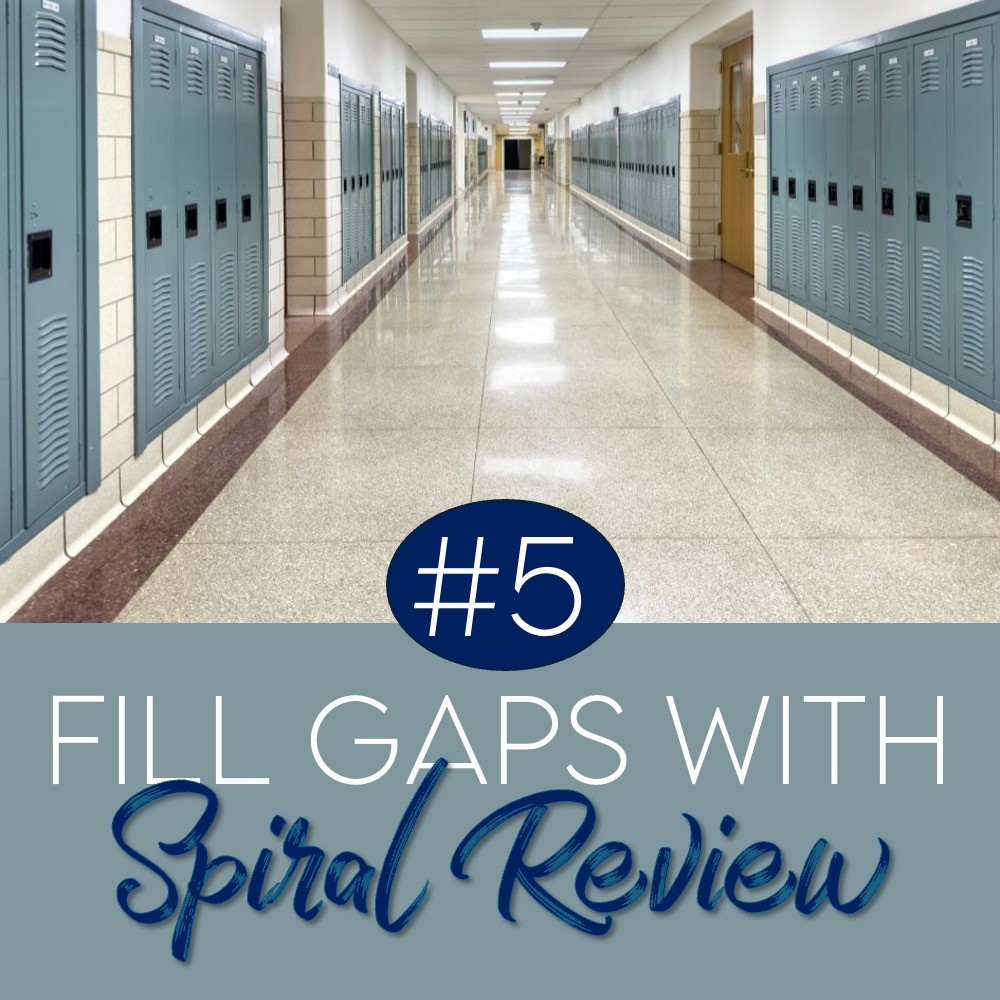
I hope this post has given you some good insight into my thought process for narrowing down an ELA summer school curriculum. Those of us who like to pack everything, including the kitchen sink, have to learn to give ourselves permission to travel light!
If I boil my approach down to a science, I start big picture when I think about the standards. What are the overarching skill categories we teach in our classrooms? Grammar, reading, writing, and vocabulary. From there, I think about the skills students will need to be most successful in other classes and in the next level of ELA.
The more we try to pack into the curriculum, the less students will retain moving forward. So, let’s identify the nonnegotiables and let the rest go! Happy summer school teaching, teacher friends. We can do this.
